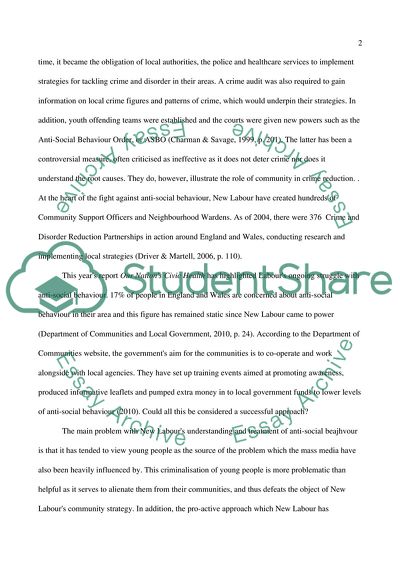Cite this document
(What Role Is the Community Expected to Play in New Labours Vision of Essay, n.d.)
What Role Is the Community Expected to Play in New Labours Vision of Essay. https://studentshare.org/sociology/1736209-cities-politics-and-crime-criminilogy
What Role Is the Community Expected to Play in New Labours Vision of Essay. https://studentshare.org/sociology/1736209-cities-politics-and-crime-criminilogy
(What Role Is the Community Expected to Play in New Labours Vision of Essay)
What Role Is the Community Expected to Play in New Labours Vision of Essay. https://studentshare.org/sociology/1736209-cities-politics-and-crime-criminilogy.
What Role Is the Community Expected to Play in New Labours Vision of Essay. https://studentshare.org/sociology/1736209-cities-politics-and-crime-criminilogy.
“What Role Is the Community Expected to Play in New Labours Vision of Essay”. https://studentshare.org/sociology/1736209-cities-politics-and-crime-criminilogy.


